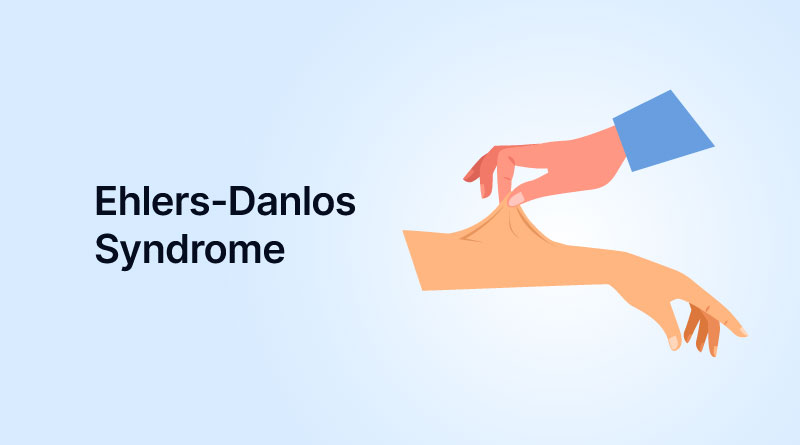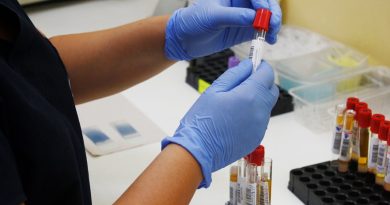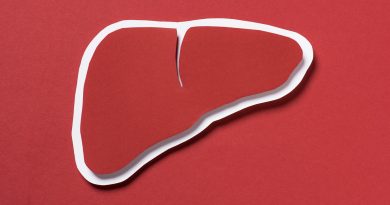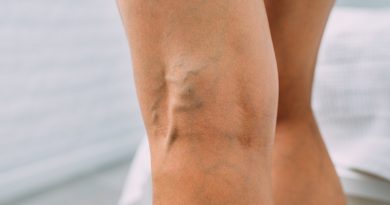What Is Ehlers-Danlos Syndrome – Symptoms and Treatments
Ehlers-Danlos Syndrome (EDS) is a disorder that affects the body’s connective tissues responsible for supporting and structuring the skin, bones, blood vessels, and other body tissues and organs. The connective tissues consist of cells, fibrous materials, and collagen – the body’s most abundant protein, which plays a role in giving structure to the skin and blood clotting.
Ehlers-Danlos Syndrome thins the skin causing it to bruise easily, and it can also weaken the blood vessels and body organs. It is a rare disease with several subtypes and a combined prevalence rate of 1 in 5,000 people worldwide. The 2017 international classification of Ehlers-Danlos syndrome describes 13 subtypes, each affecting different body areas. Hypermobility – an unusually large range of joint movements is the common symptom of all EDS subtypes. The EDS subtypes include:
- Classical
- Classical-like
- Cardiac-valvular
- Vascular
- Hypermobile
- Arthrochalasia
- Dermatosparaxis
- Kyphoscoliotic
- Brittle cornea syndrome
- Spondylodysplasia
- Musculocontractural
- Myopathic
- Periodontal
The classical and hypermobile Ehlers-Danlos syndrome are the two most common subtypes, while others such as dermatosparaxis are rare and affect only a few people worldwide. The classical EDS is marked by extremely smooth, stretchy, and fragile skin that bruises easily. People with classical EDS are also prone to dislocations, sprains, flat feet, and heart valve problems. Some individuals with a mild form of this subtype may not even be aware.

Corporate Wellness App
CircleCare
Hypermobile EDS is the most common subtype of the disorder and makes the joints bend farther than normal, increasing the risks of sprains and dislocations. Vascular EDS weakens the blood vessels and increases the likelihood of organ tearing.
In rare forms of EDS like arthrochalasia, babies are born with their hip joints displaced, curved spines, and extremely loose joints. Kyphoscoliotic EDS causes babies to be born with weak muscles and bones, a curved spine, and abnormally long fingers and limbs. Only about 60 cases of this subtype have been discovered worldwide.
There is currently no cure for Ehlers-Danlos syndrome. Surgery, medications, and physical therapy (Source: StuffThatWorks) are presently available treatment options for EDS.
What Causes Ehlers-Danlos Syndrome?
EDS results from the inability of the body to produce the connective tissue protein collagen correctly. The condition is genetic, and most people inherit it from their parents. Some parents may be silent carriers of the defective genes and not show any symptoms but still pass the disease to their children. A few cases that are not inherited happen due to spontaneous gene mutations that weaken the process and formation of collagen.
Symptoms of Ehlers-Danlos Syndrome
There is no specific test for EDS. Doctors will collect medical and family history information and perform tests, including skin biopsy, genetic tests, and echocardiogram, to rule out similar conditions. There will also be physical examinations to determine joint mobility and how far the skin stretches. They may also look for scars that the condition may have caused.
Muscle pain and fatigue and the common symptoms of all EDS subtypes. Other symptoms depend on subtypes. Symptoms of classical EDS subtype includes:
- Loose, unstable joints that dislocate easily
- Joint hypermobility
- Stretchy skin
- Fragile skin that split easily, especially around the forehead, elbows, knees, and shin
- Easily bruised smooth, velvety, skin
- Hernias and organ prolapse
- Slow-healing wounds that leave wide scars
Hypermobile EDS symptoms include:
- Loose, unstable joints that dislocate easily
- Clicking joints with pain
- Joint hypermobility
- Skin is easily bruised
- Increased heart rate and dizziness after getting up
- Organ prolapse
- Heartburn, constipation, and other digestive issues
People with vascular EDS may have
- Thin skin with visible small blood vessels in the upper chest and legs also easily bruises.
- Fragile blood vessels that can break, causing internal hemorrhage
- Hypermobility in finger and toes
- Organ tearing
Treatment of EDS
The specific subtype and severity of symptoms inform the appropriate course of EDS treatment.
Surgery
Surgical intervention may be required to repair dislocated joints and ruptured areas in organ and blood vessels. In many cases, surgical wounds may not heal well as stitches cause fragile tissues to tear.
Medications
Pain Relievers
Over-the-counter analgesics like Aleve, Advil, and Tylenol are used to minimize pain associated with the condition. More potent prescription drugs may also be administered to patients with severe injuries.
Blood Pressure-lowering Drugs
In some cases, like vascular EDS, doctors may try to keep blood pressure low to reduce the stress on blood vessels by prescribing antihypertensive medications.
Physical Therapy
Physical therapy helps to rehabilitate weak or dislocated connective tissue joints. It typically involves specific exercises to stabilize joints and strengthen muscles. The physical therapist may also prescribe braces to prevent further bone dislocation.
Living with EDS
A couple of lifestyle adjustments and support strategies can help people with EDS prevent injuries and improve their quality of life.
Avoiding Contact Sports
Individuals with EDS must avoid contact sports and other physical activities like weightlifting that might put undue strain on their joints. Suitable physical activities for people with EDS include swimming, walking, or stationary biking. Wearing shoes with good arch support can also prevent ankle sprains during sports.
Skin Protection
Avoiding harsh soaps that cause allergies or cause the skin to get too dry and using sunscreen can minimize symptoms.
Jaw Protection
People with EDS should also avoid chewing gum, ice, and other hard materials. It can also help to take breaks to close one’s mouth during a dental procedure.
Improved Sleep
Sleeping with super dense mattresses and body pillows can reduce stress on painful joints and improve symptoms. Patients must also try to sleep on their side.
Learning About the Condition
Patients who are educated about the condition will be better equipped to deal with the symptoms and take control of their health.
Finding Support
Building a support network of family, friends, and other people with the condition can help patients share experiences and find workable solutions to EDS-related issues.
Final Words
Ehlers-Danlos syndrome is a disabling and potentially life-threatening condition that requires appropriate medical intervention. Individuals who suspect they have EDS based on presenting symptoms should visit a doctor for a definitive diagnosis. For those who have the condition, a doctor will work with them to create an individualized treatment plan and create and advise them of steps to help them prevent injuries and complications.








